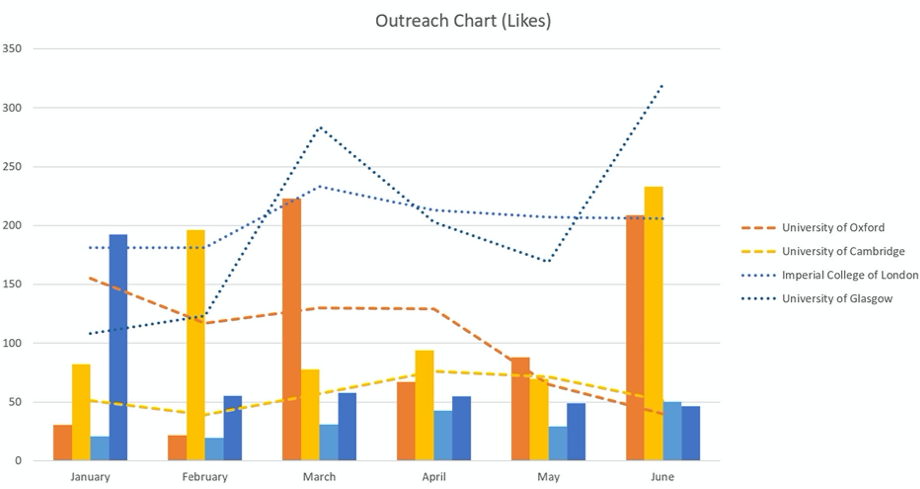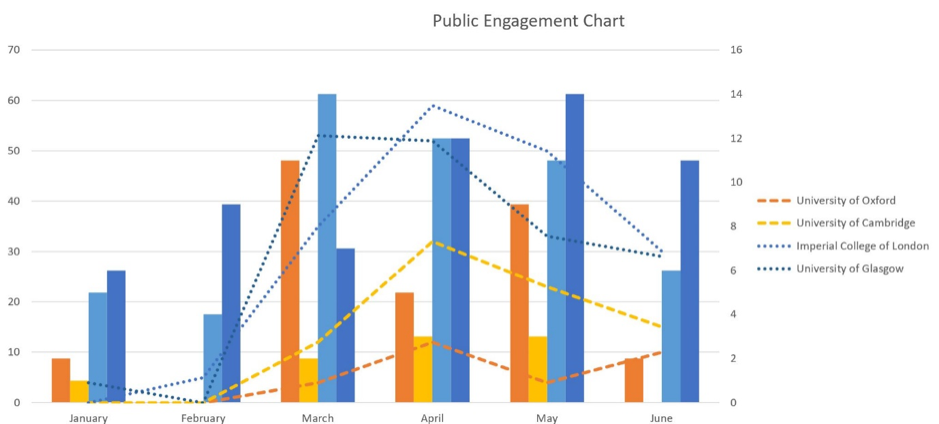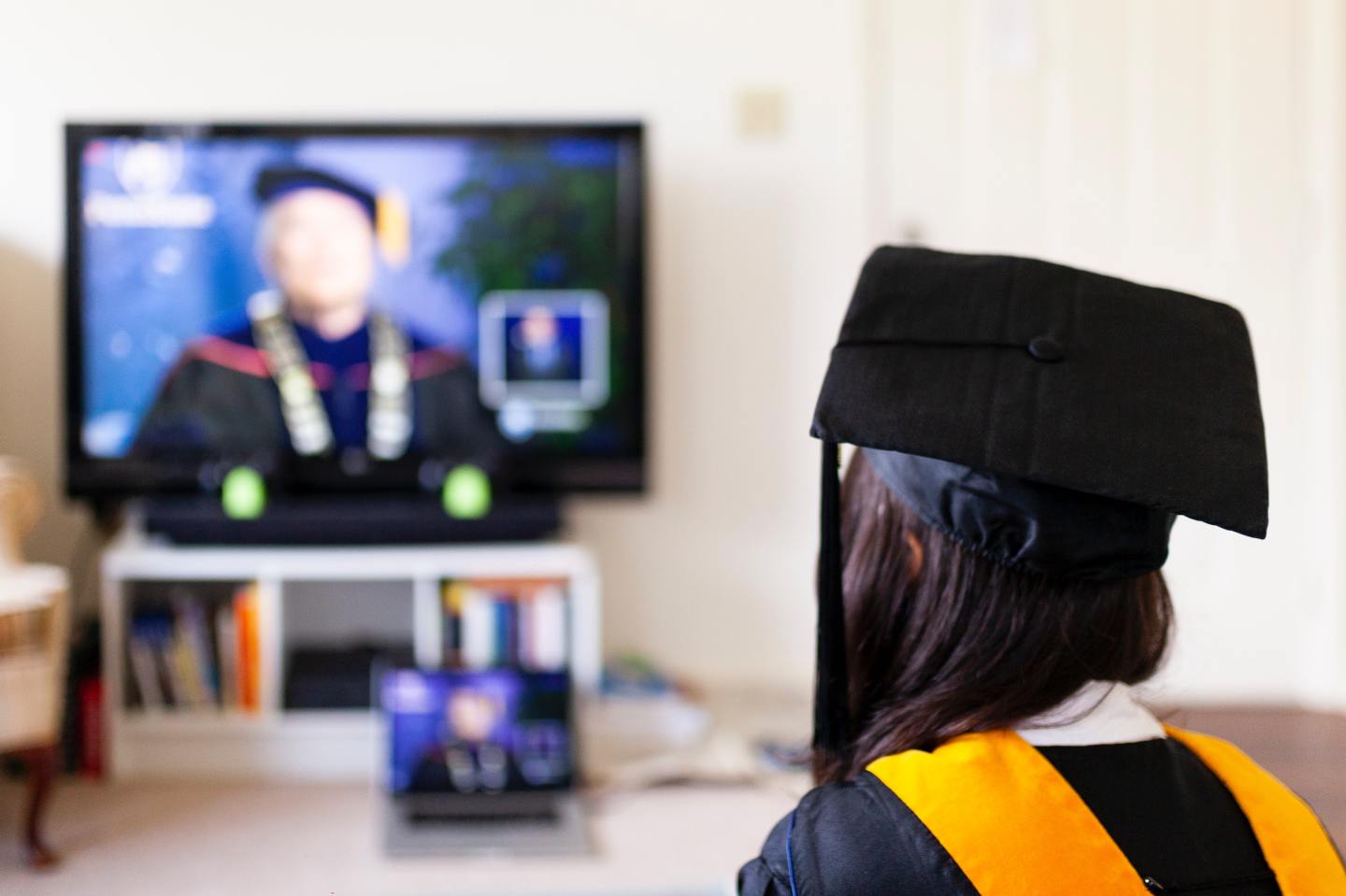Michele Martini
“The time is out of joint. O cursed spite,
that ever I was born to set it right!”
Hamlet (I.5)
With these verses, Shakespeare portrays the troubling condition of potential leaders in times of crisis. Time has stopped: an unforeseen event has abruptly unhinged it from its established coordinates. Suddenly stuck in a perpetual present, with no agreed past and imaginable futures, society looks for leaders to set time back in motion: to re-establish a legitimate standpoint, deploy an authoritative perspective and articulate reliable temporal patters. Through the analysis of Twitter data, I argue that during the first six months of the pandemic world class universities implicitly refused the role of leadership that was granted them by users. Like Hamlet, top-ranked scientific institutions reluctantly engaged in the public debate leaving, de facto, a political void.
The COVID-19 outbreak might be considered a watershed event which simultaneously disrupted multiple timescapes on global scale (Adam, 2008). Within months, people and well-established institutions found themselves struggling for survival in a radically transformed environment. The very definition of the pandemic as an event became immediately a central issue. Form state actors to religious leaders or companies’ CEOs, institutions at all levels endeavoured to circulate their own narration of the pandemic: a narration designed to secure their role in both the current crisis and tomorrow’s society. The speed at which the media landscape was filled by multiple voices and conflicting archetypical structures is emblematic of media events. Often discussed in ritual terms (Couldry, 2003; Dayan and Katz 1992), media events interrupt the routine and provide well-defined boundaries for the construction of a temporary yet expanded imagined community (Anderson, 2006; Couldry, Hepp & Krotz, 2009). The pandemic event, however, seems to resist enclosure: rather than happening, it endures.
Starting from these premises, the present study has been designed to describe how UK universities positioned themselves in relation to the pandemic during the first six months of the outbreak. To this aim, the Twitter activity of 10 UK universities from January to June 2020 (n= 6,745) has been collected and analysed through a corpus linguistics approach. Universities have been selected for rank and geographical location to avoid overrepresentation of major centres. While the lion’s share of the dataset is still under study, early results indicate that during the first six months of the pandemic superstar universities implicitly refused the role of leadership that followers bestowed on them.
The collected data highlight two main transformations in correspondence of the pandemic outbreak: a change in follower activity and a change in posting activity. In general, the attention of UK universities towards the covid-19 topic roughly followed the curve of a media event: almost no mention of the pandemic in January (0.3%) and February (0.4%), a sudden rise in attention during March (11.6%) and April (23.8%), a progressive loss of interest in May (16%) and June (11.4%). Nevertheless, as shown by the following charts, user activity did not follow this trajectory but morphed into a progressive polarization:


To simplify, chart 1 and 2 show a comparison between the two universities with the highest posting rate per month, i.e. Imperial College of London (ICL) and University of Glasgow (UoG), and the two universities with the highest impact per post, i.e. University of Cambridge (UoC) and University of Oxford (UoO). As we can see, both charts highlight a sharp change in March. While in the first two months user activity follows a rather irregular pattern, after the beginning of the emergency users focus their attention on the Twitter feeds of the UoC and the UoO. This polarization, which does not fade with the universities’ focus on the covid issue, can be interpreted as reflecting a tendency to turn to perceived authorities in times of uncertainty. With the explosion of the pandemic crisis, users acted to amplify the voice of superstar universities, thus positioning themselves as followers and bestowing on them a role of leadership.
The UoC and the UoO, however, did not seem to be willing to embrace such role. Indeed, their outreach activity shrinks as time passes. Chart 1 and 2 already show that, in spite of the high level of attention received, both universities reduce their posting activity in the last three months. Moreover, the following chart shows how, in comparative terms, these institutions seem to be reluctant to engage with state or news actors:

As we can see, chart 3 depicts a very different landscape. The ICL and the UoG have a higher rate of posting, use more often pandemic-related hashtags and directly mention news and governmental agents. These elements suggest that, during the pandemic, these two universities aimed at entering the public arena. Conversely, in spite of receiving much more attention, the UoC and the UoO did not attempt to lead users through the crisis but maintained an overall low level of engagement with society at large.
These early data are merely indicative, yet rise an important question: which role will post-pandemic universities choose for themselves in future crises? In an era of epistemic instability, will superstar universities accept the leading role part of society expect them to take? As in the tragedy of Hamlet, postponing the choice is a choice in itself.
Photo by Mohammad Shahhosseini on Unsplash
Michele Martini is a postdoctoral fellow of the Faculty of Education at the University of Cambridge and the Department of Study of Religions at the Pontifical Catholic University of São Paulo. Currently recipient of a Marie Curie Fellowship, his research applies corpus linguistics and visual analysis to the study of educational policies and digital religion.
